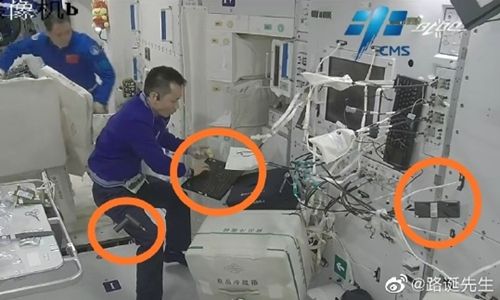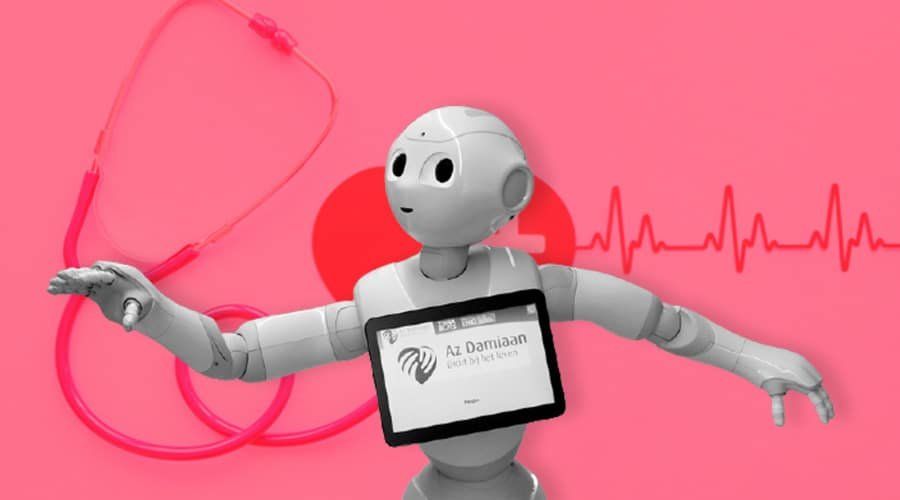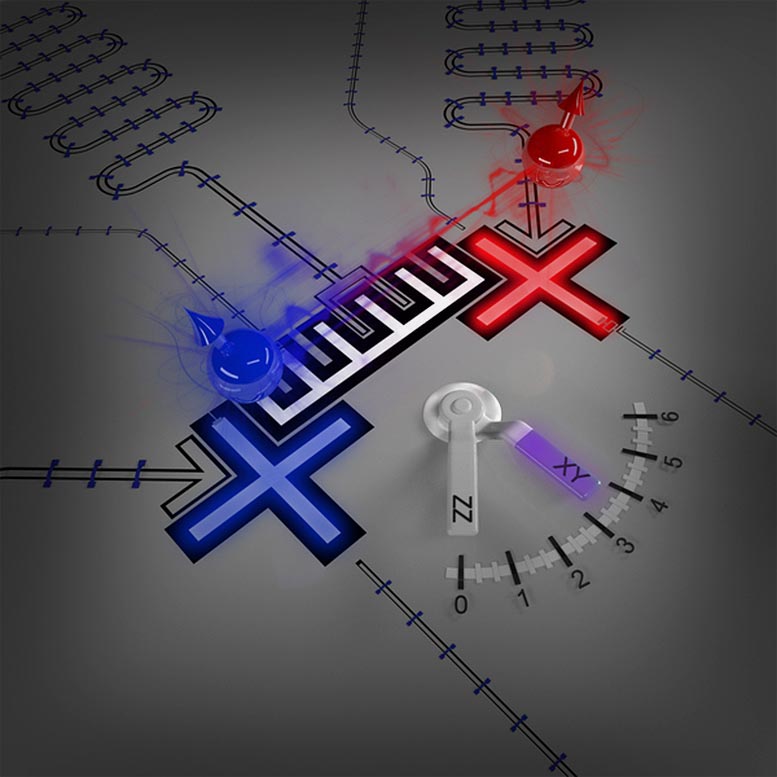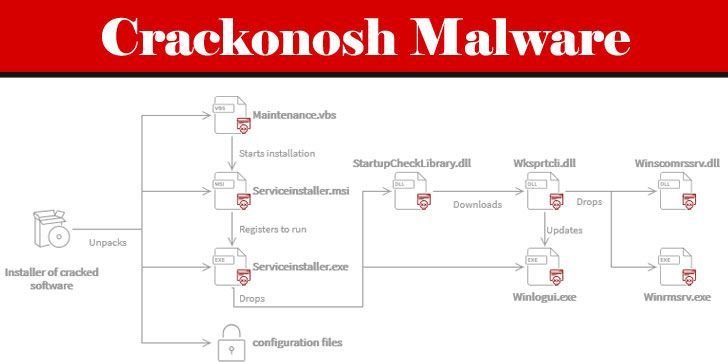Jun 25, 2021
How AI is driving a future of autonomous warfare | DW Analysis
Posted by Raphael Ramos in categories: cybercrime/malcode, information science, mapping, military, nuclear energy, robotics/AI
The artificial intelligence revolution is just getting started. But it is already transforming conflict. Militaries all the way from the superpowers to tiny states are seizing on autonomous weapons as essential to surviving the wars of the future. But this mounting arms-race dynamic could lead the world to dangerous places, with algorithms interacting so fast that they are beyond human control. Uncontrolled escalation, even wars that erupt without any human input at all.
DW maps out the future of autonomous warfare, based on conflicts we have already seen – and predictions from experts of what will come next.
Continue reading “How AI is driving a future of autonomous warfare | DW Analysis” »


















